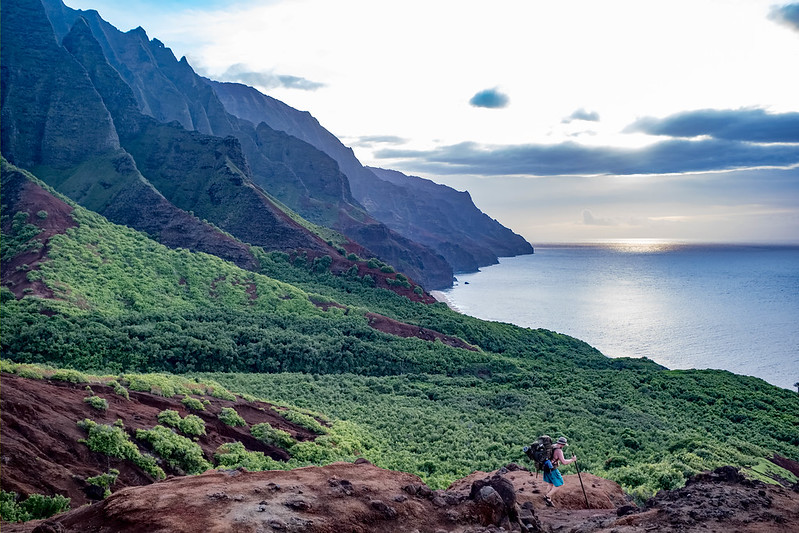From towering skyscrapers to sprawling complexes, the largest buildings in the world are engineering marvels that push the limits of modern architecture. Whether they reach for the sky or spread across vast areas, these massive structures serve a variety of purposes, from office spaces to entertainment hubs. Each one is a testament to human ingenuity and the desire to create something monumental. In this list, we’ll explore 19 of the largest buildings by both height and area, offering a glimpse into their impressive scale and significance. Prepare to be amazed by these colossal achievements in construction.
Burj Khalifa (Dubai, UAE)
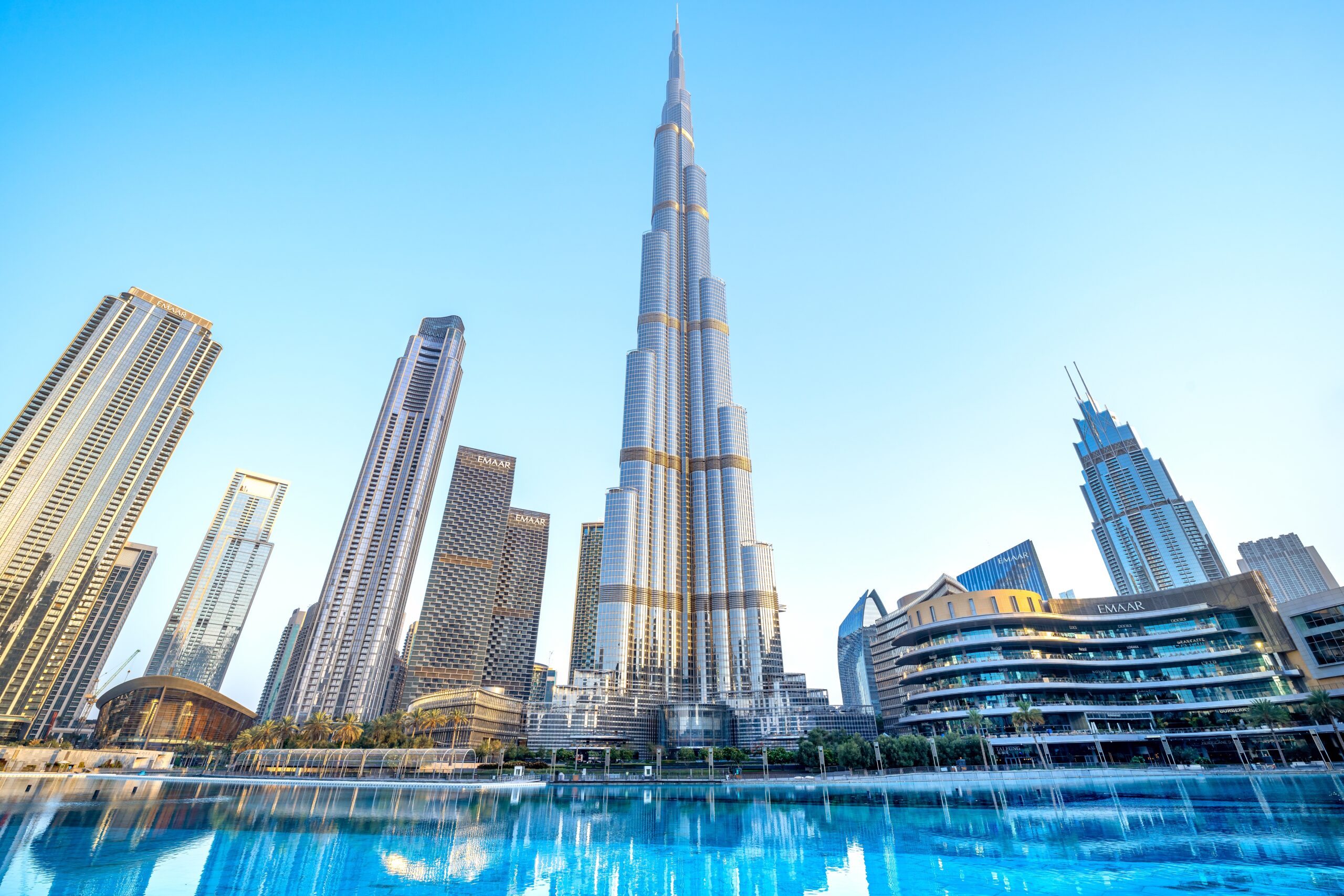
Soaring at an astounding 828 meters (2,717 feet), Burj Khalifa is currently the tallest building in the world. Completed in 2010, it redefined what’s possible in modern skyscraper construction. The building features 163 floors, including residential units, corporate suites, and the world’s highest observation deck. Covering an area of over 309,473 square meters (3.3 million square feet), its vastness is as impressive as its height. The design, inspired by the Hymenocallis flower, uses a unique Y-shaped floor plan for stability. Burj Khalifa is more than just a skyscraper; it represents architectural innovation. Its dazzling presence dominates Dubai’s skyline, making it an international icon.
Shanghai Tower (Shanghai, China)
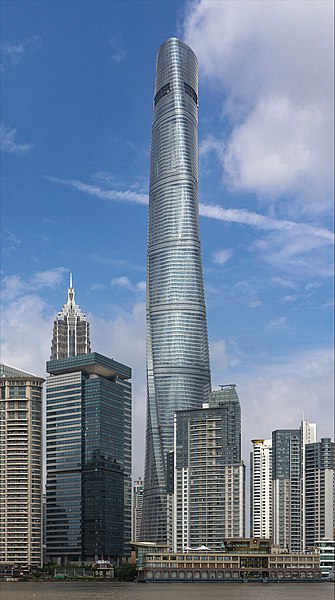
At 632 meters (2,073 feet), the Shanghai Tower is the second-tallest building in the world. Opened in 2015, this structure’s twisting design is meant to minimize wind loads. Its 128 floors are home to offices, hotels, and cultural venues, showcasing China’s rapid development. Covering a whopping 380,000 square meters (4.1 million square feet), the tower houses the world’s fastest elevators, traveling at speeds of 20.5 meters per second. It’s an eco-friendly marvel with green spaces and rainwater recycling integrated into its design. The spiraling shape not only enhances its appearance but also symbolizes the city’s future-focused growth. This skyscraper stands as a testament to sustainable architecture.
Abraj Al Bait Clock Tower (Mecca, Saudi Arabia)
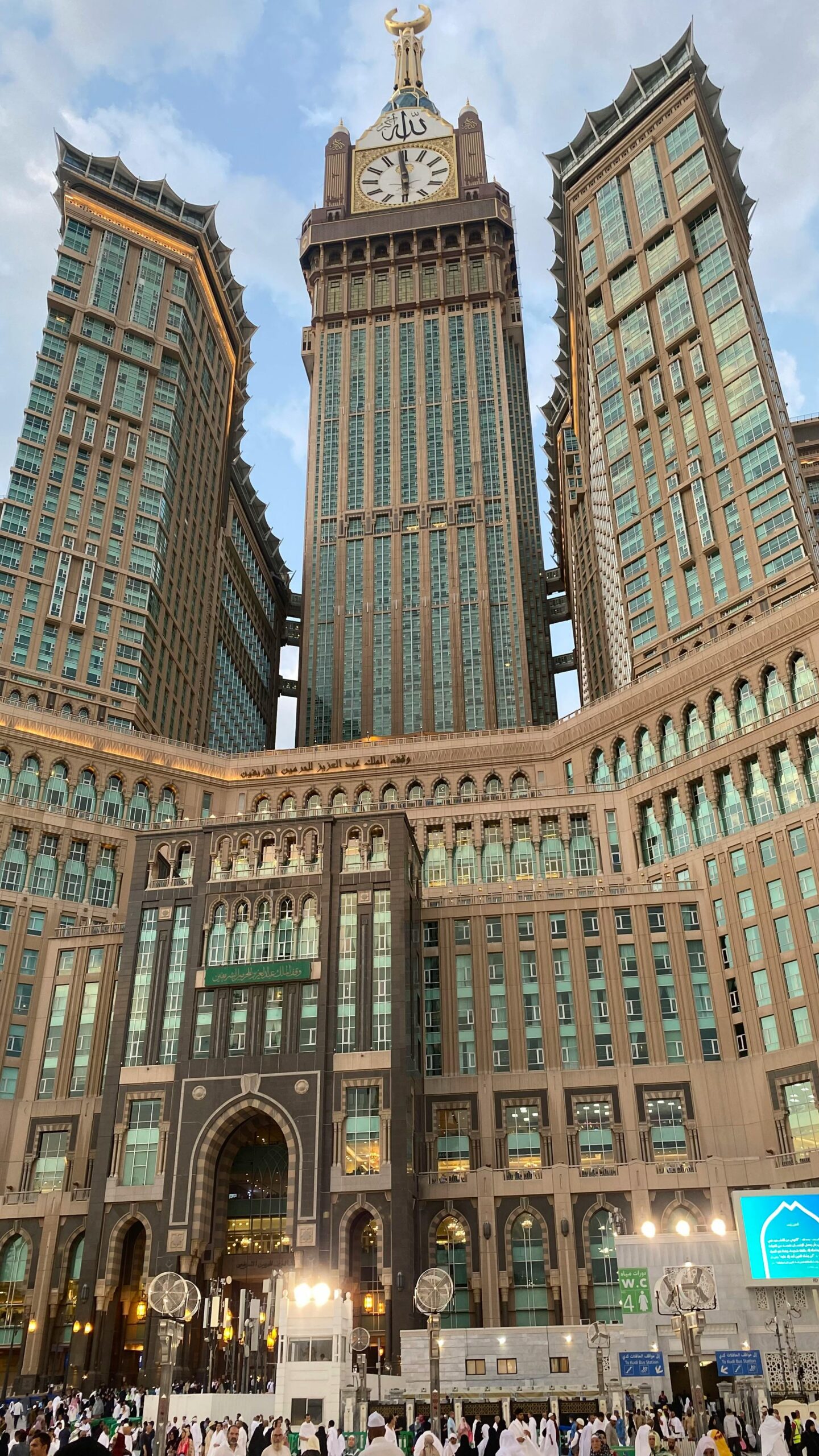
Towering 601 meters (1,971 feet) above Mecca, the Abraj Al Bait Clock Tower is a unique blend of size and function. Completed in 2012, it houses luxury hotels and serves as a residential and religious landmark. The building covers a floor area of 1.5 million square meters (16 million square feet), making it one of the largest structures by area. Topped with a massive clock face, visible from 25 kilometers away, it adds to the religious significance of the area. The tower provides accommodations for pilgrims visiting the Kaaba. With 120 floors, it serves as a central hub for visitors. This building combines cultural importance with modern engineering.
Lotte World Tower (Seoul, South Korea)
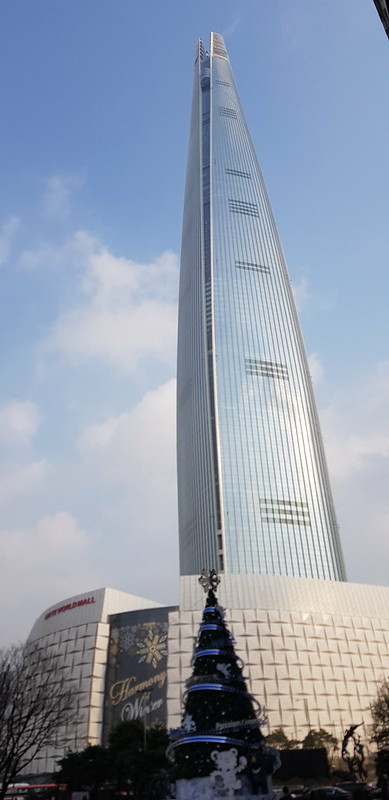
Standing tall at 555 meters (1,819 feet), the Lotte World Tower was completed in 2016. With 123 floors, this elegant skyscraper includes residential units, offices, retail spaces, and the highest glass-bottomed observation deck in the world. Covering an area of 505,300 square meters (5.4 million square feet), the tower is designed to withstand earthquakes and high winds. Its sleek, tapering form is inspired by traditional Korean art, blending modern and cultural aesthetics. It also houses the Lotte Concert Hall, a luxury hotel, and a sky-high swimming pool. Lotte World Tower offers sweeping views of Seoul, making it a cultural and architectural landmark.
One World Trade Center (New York City, USA)
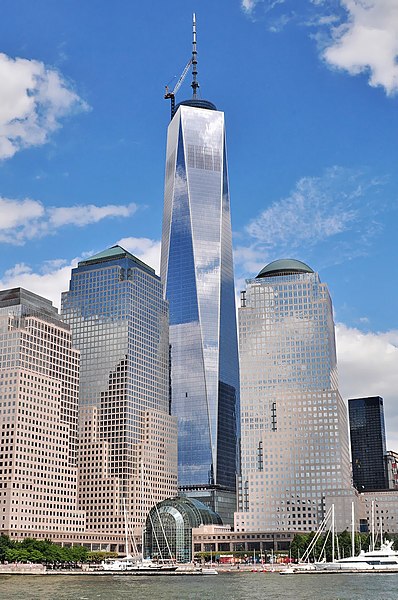
Rising 541 meters (1,776 feet), One World Trade Center symbolizes resilience and renewal after the 9/11 attacks. Completed in 2013, it has 104 floors and is the tallest building in the Western Hemisphere. The building covers 325,279 square meters (3.5 million square feet), housing offices, retail spaces, and an observation deck with panoramic views of Manhattan. Its design incorporates sustainable elements, such as rainwater collection and energy-efficient systems. The height of 1,776 feet is a symbolic nod to the year of American independence. The building’s angular design reflects light beautifully, creating a dynamic appearance throughout the day. One World Trade Center represents both engineering innovation and historical significance.
Ping An Finance Centre (Shenzhen, China)

At 599 meters (1,965 feet), Ping An Finance Centre is a striking skyscraper that stands as the centerpiece of Shenzhen’s skyline. Completed in 2017, it has 115 floors of office space, conference centers, and a luxury hotel. Covering 495,520 square meters (5.3 million square feet), it’s designed with a focus on sustainability, featuring rainwater recycling and energy-efficient glass. Its sleek and modern design tapers toward the top, creating a pointed spire that accentuates its height. The building is home to some of the world’s leading financial institutions. Its presence reflects Shenzhen’s role as a global economic powerhouse. This tower is a marvel of modern architecture and engineering.
Taipei 101 (Taipei, Taiwan)
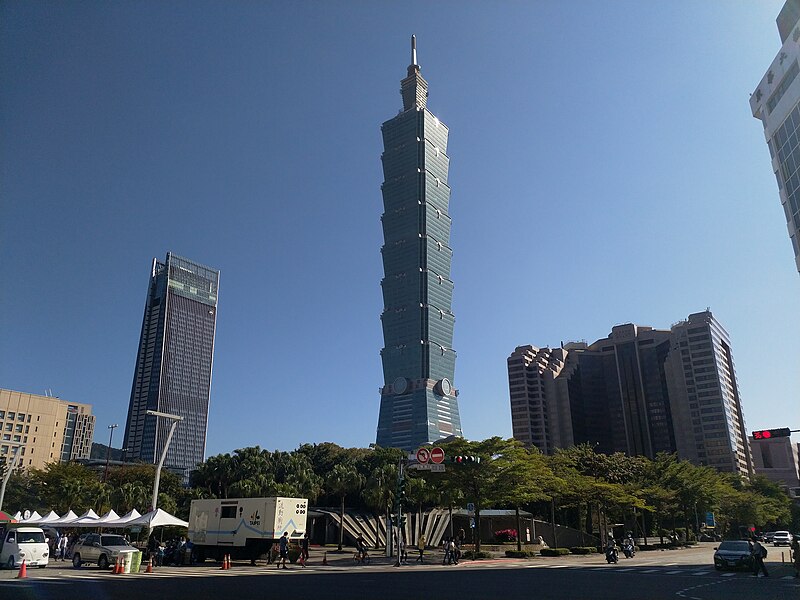
Standing 509 meters (1,667 feet) tall, Taipei 101 was the tallest building in the world from 2004 to 2010. Its 101 floors are designed to withstand earthquakes and typhoons, reflecting Taiwan’s seismic activity. Covering an area of 412,500 square meters (4.4 million square feet), it houses offices, an observation deck, and retail spaces. The design incorporates elements of traditional Chinese architecture, with the building’s exterior resembling bamboo, a symbol of strength and growth. Its energy-efficient systems earned it a LEED Platinum certification. The building also has one of the world’s largest tuned mass dampers to reduce vibrations from wind and seismic activity. Taipei 101 remains an iconic part of Taiwan’s skyline.
The Pentagon (Arlington, USA)

With a total floor area of 620,000 square meters (6.7 million square feet), the Pentagon is the world’s largest office building by area. Completed in 1943, this five-sided structure serves as the headquarters of the U.S. Department of Defense. It contains 17.5 miles of corridors that connect its five concentric rings. Although only five stories tall, it houses over 26,000 employees daily. The building’s unique shape and function have made it a symbol of military strength. Its design allows for efficient communication between departments, an essential feature for national defense. The Pentagon’s size and significance are unparalleled in governmental architecture.
Willis Tower (Chicago, USA)
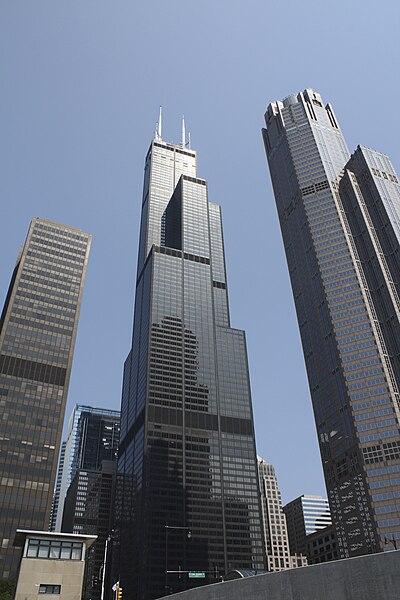
Formerly known as the Sears Tower, Willis Tower stands 442 meters (1,450 feet) tall with 108 floors. Completed in 1973, it was the tallest building in the world for 25 years. The building covers 416,000 square meters (4.5 million square feet) of floor space, housing offices, retail spaces, and the famous Skydeck, which offers breathtaking views of Chicago. Its bundled tube design gives it structural stability, allowing it to withstand Chicago’s high winds. Willis Tower’s black aluminum and bronze-tinted glass give it a sleek, modern look. It remains one of the most recognizable landmarks in the United States.
The Great Mosque of Mecca (Mecca, Saudi Arabia)

Spanning an immense 356,800 square meters (3.8 million square feet), the Great Mosque of Mecca is the largest mosque in the world. It can accommodate up to 4 million worshippers during the Hajj pilgrimage. The mosque’s current structure was completed in the 20th century, though it has undergone several expansions since. Its grand design includes marble floors, intricate mosaics, and minarets that reach 89 meters (292 feet) in height. The mosque surrounds the Kaaba, Islam’s holiest site, which millions of Muslims face in prayer every day. The mosque’s size is as overwhelming as its religious significance. It continues to be a central place for Islamic worship.
La Sagrada Família (Barcelona, Spain)
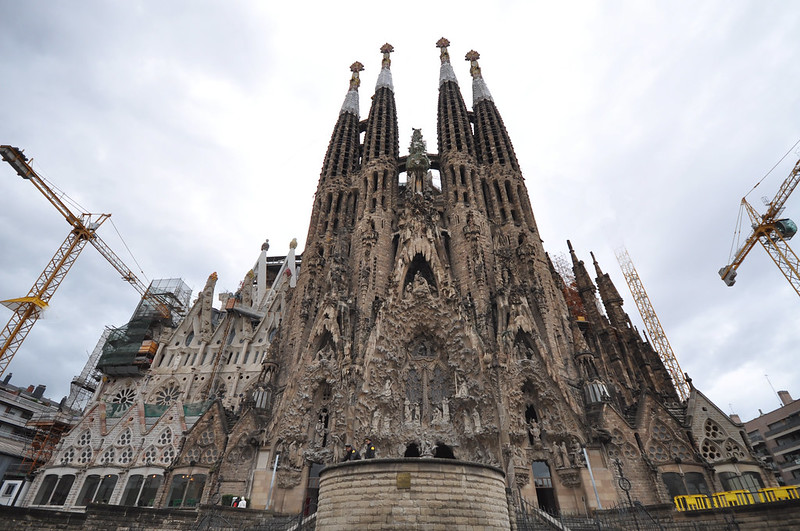
Though still under construction, La Sagrada Família already stands 172 meters (564 feet) tall. Designed by Antoni Gaudí, this basilica will be the tallest religious building in the world upon completion. Covering 4,500 square meters (48,500 square feet), it features intricate facades and spires, combining Gothic and Art Nouveau elements. Its interior is filled with light, filtered through colorful stained glass windows that depict natural forms. The design is inspired by nature, with columns resembling trees and the ceiling mimicking a forest canopy. La Sagrada Família has become a symbol of Barcelona and a masterpiece of architectural innovation. When completed, its size and beauty will be unmatched.
Palace of the Parliament (Bucharest, Romania)
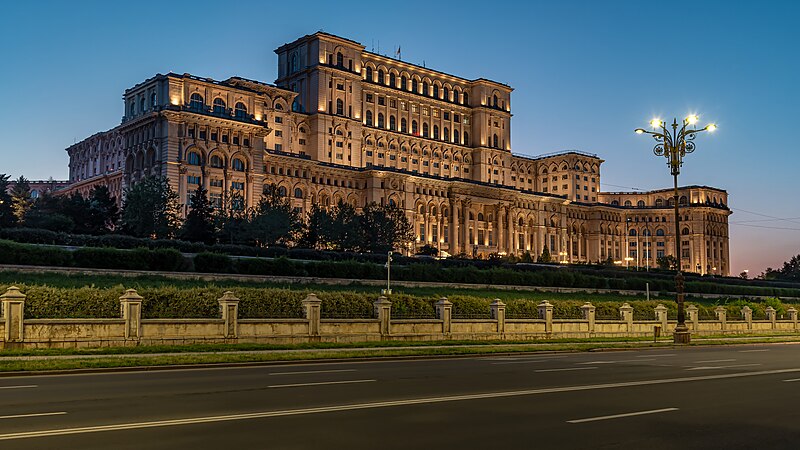
The Palace of the Parliament is the heaviest building in the world, weighing approximately 4.1 million tons. Standing 86 meters (282 feet) tall with 12 floors, it has a total area of 365,000 square meters (3.9 million square feet). Construction began in 1984 under Romania’s communist regime, and its design reflects the grandiosity of the era. The building houses the Romanian Parliament, along with several museums and conference halls. Its architecture combines elements of Neoclassicism and totalitarian design. The Palace of the Parliament also features over 1,100 rooms, including grand marble halls and elaborate chambers. Despite its vastness, only a portion of the building is fully utilized today. It remains a symbol of both Romania’s historical past and its modern identity.
Kingdom Centre (Riyadh, Saudi Arabia)
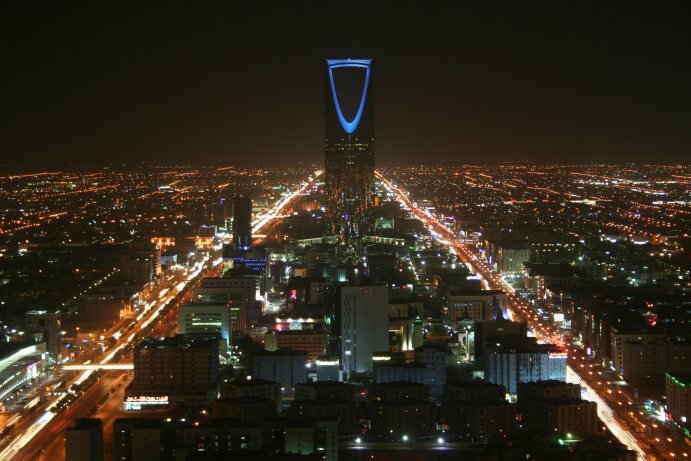
The Kingdom Centre stands at 302 meters (991 feet) tall and is one of the most prominent skyscrapers in Saudi Arabia. Completed in 2002, the building spans a floor area of 185,000 square meters (2 million square feet). Its distinctive design features a skybridge near the top, offering panoramic views of Riyadh. The tower houses luxury apartments, corporate offices, and the Four Seasons Hotel. Its unique inverted arch shape at the top makes it stand out against the skyline. The building also includes a large shopping mall and various entertainment facilities. Kingdom Centre represents modern architectural design with a touch of tradition.
Central Park Tower (New York City, USA)
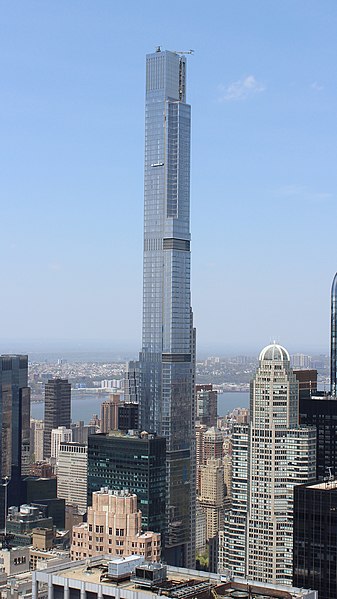
Reaching a height of 472 meters (1,550 feet), Central Park Tower is the tallest residential building in the world. Completed in 2020, it houses 98 floors of luxury condos, with breathtaking views of Central Park and the Manhattan skyline. The building’s floor area is approximately 131,150 square meters (1.4 million square feet). Its sleek design by Adrian Smith + Gordon Gill Architecture is a modern marvel. Central Park Tower also boasts high-end retail spaces, including a flagship Nordstrom store at its base. The combination of height, elegance, and exclusivity has made it one of New York’s most coveted addresses.
The Venetian Macao (Macau, China)

The Venetian Macao is a staggering 10,500,000 square feet (975,000 square meters) of space, making it the largest casino in the world. Opened in 2007, the resort is modeled after its Las Vegas counterpart and offers a luxurious gaming experience. The complex includes hotel accommodations, entertainment venues, and a replica of Venice’s canals. It contains over 3,000 hotel rooms and one of the largest gaming floors in the world, covering 51,000 square meters (550,000 square feet). The Venetian Macao also hosts world-class entertainment events and conferences. Its sheer size and opulence attract millions of visitors each year, reinforcing Macau’s status as a global gambling hub.
NASA Vehicle Assembly Building (Florida, USA)
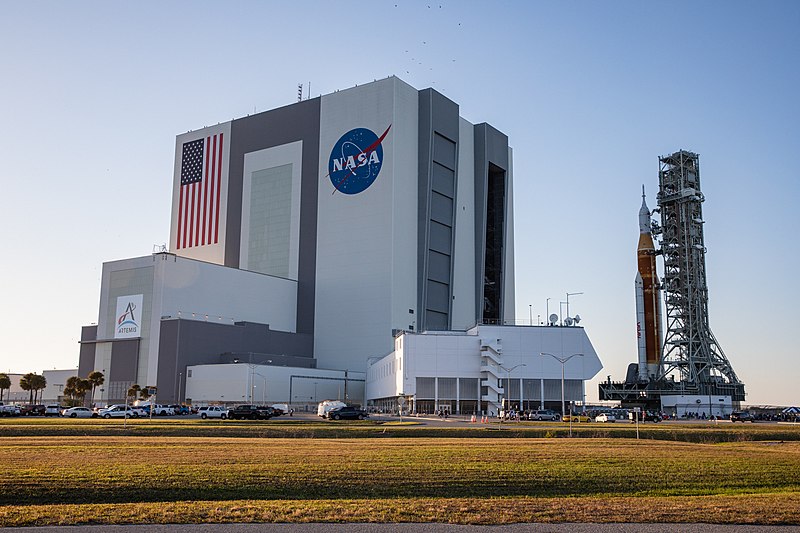
Located at the Kennedy Space Center, the NASA Vehicle Assembly Building stands 160 meters (525 feet) tall. Built in 1966, it covers an area of 32,374 square meters (348,000 square feet) and is the largest single-story building in the world. The building is used to assemble large space vehicles, including rockets like the Saturn V and the Space Shuttle. It boasts a volume of 3.6 million cubic meters (129 million cubic feet), which is enough to fit almost four Empire State Buildings. The sheer volume allows for massive spacecraft to be constructed indoors, protecting them from the elements. The building continues to be a central hub for NASA’s space exploration efforts.
Berjaya Times Square (Kuala Lumpur, Malaysia)
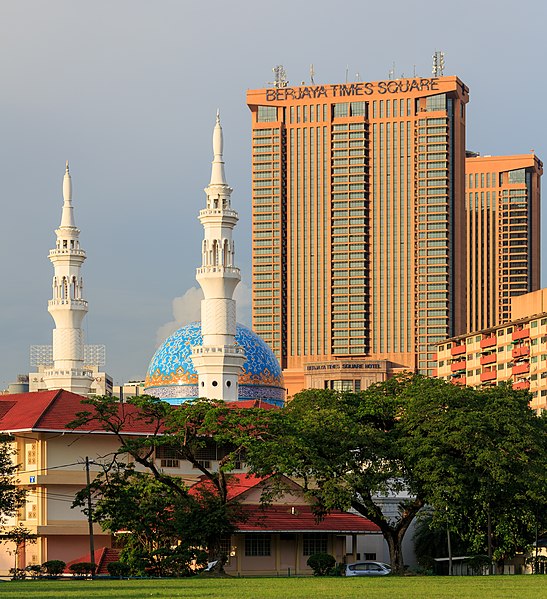
Berjaya Times Square is one of the largest shopping complexes in the world, covering an area of 700,000 square meters (7.5 million square feet). Opened in 2003, it includes more than 1,000 retail outlets, two five-star hotels, and an indoor amusement park. The twin-tower structure stands 203 meters (666 feet) tall with 48 floors. The building is a major commercial and entertainment hub in Malaysia’s capital. It also houses office spaces, a food court, and cinemas. Its indoor roller coaster and various entertainment attractions make it a family destination. Berjaya Times Square combines retail, leisure, and business in one massive complex.
Shanghai National Exhibition and Convention Center (Shanghai, China)
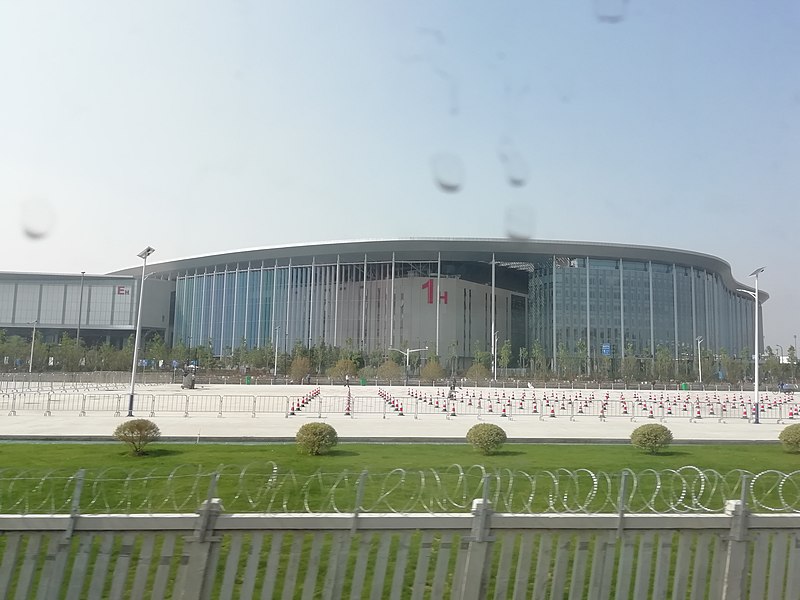
Covering a massive 1.47 million square meters (15.8 million square feet), the Shanghai National Exhibition and Convention Center is the largest exhibition complex in the world. Opened in 2015, the building consists of four interconnected structures shaped like a four-leaf clover. It hosts large-scale international exhibitions and events, drawing participants from around the globe. The building is equipped with state-of-the-art facilities, including exhibition halls, meeting rooms, and dining areas. Its vast exhibition space is highly adaptable, capable of hosting everything from car shows to fashion expos. The building’s design focuses on functionality and convenience, making it a premier venue for global events.
Global Center (Chengdu, China)
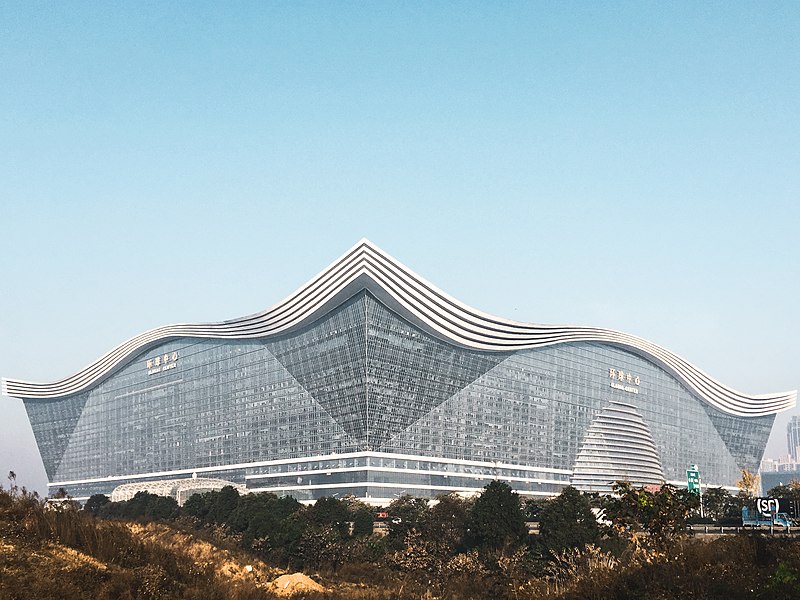
The Global Center in Chengdu is the largest building in the world by floor area, with an incredible 1.76 million square meters (18.9 million square feet). Completed in 2013, this mega-structure houses shopping malls, hotels, offices, and a water park. The building’s vast size allows for an indoor beach and an artificial sun that shines throughout the day. Its architecture blends modern aesthetics with functional design, providing spaces for entertainment, dining, and work. The Global Center is a self-contained city within a building, offering everything from retail therapy to relaxation. Its scale and ambition reflect China’s drive toward creating multi-purpose megastructures.
This article originally appeared on Rarest.org.
More From Rarest.Org
Social movements have been a driving force behind significant changes in societies across the globe. From demanding equality and justice to reshaping political systems, these movements represent the voices of people standing up for their rights and values. Read more.
Hiking offers a chance to escape into nature and explore some of the most breathtaking landscapes the world has to offer. From towering mountain peaks to lush forests and serene coastlines, these trails wind through pristine environments, each offering its own unique beauty and challenge. Read more.
The desert is one of the harshest environments on Earth, where scorching heat and limited water create extreme living conditions. Yet, many animals have adapted to thrive in these arid landscapes. Read more.


